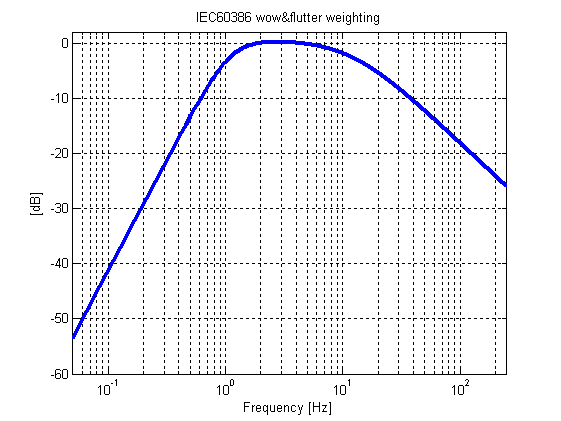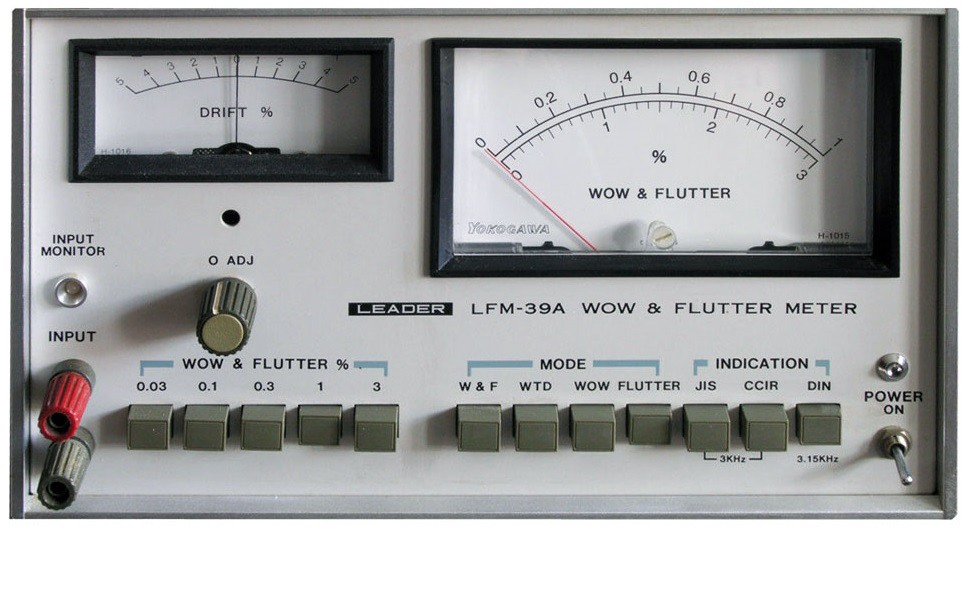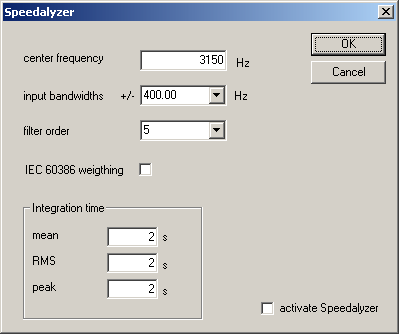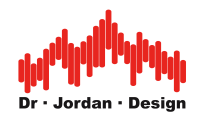Wow and flutter background
Wow and flutter are audio engineering terms used to describe the variation of playback speed. Wow refers to a slow periodic distortion of the sound, while Flutter" describes a faster variation of the sound.
Wow occurs when the playback device speed changes slightly, resulting in a slow variation in pitch. It can also be caused by uneven wear. Flutter, on the other hand, is caused by rapid changes in playback speed, usually caused by vibrations.
Wow and flutter can have a disruptive effect on sound quality and affect the listening experience, especially when recording with high sound quality. To minimize them, professional audio recording and playback devices use special technologies such as servo systems and quartz stabilizers to ensure precise and constant speed.
Wow and flutter occur mainly in record players and tape recording machines. In professional tape machines, a high level of technical effort is required to minimize such effects. The simpler consumer tape recorders are often problematic.
Wow and flutter are no longer a problem in digital audio technology, since the playback speed of digital recordings is digitally controlled. The clock signals are derived from quartz oscillators. Their deviations are around 20ppm and thus orders of magnitude below mechanical constructions. Absolute pitch shifts of this magnitude are inaudible, however, depending on the design, very fast fluctuations occur in digital systems, which is referred to as "jitter".
terms and definitions
According to IEC60386, the following terms are defined:
Flutter: Undesirable form of frequency modulation with frequencies above 10 Hz to around 100 Hz, with which the signal was modulated during the recording/playback process by irregular movement of the recording medium. This effect manifests itself as roughness.
Wow: An unwanted form of frequency modulation, with frequencies from 0.1Hz to 10Hz, that has been used to modulate the signal during the recording/playback process due to erratic movement of the recording medium. This effect manifests itself as "howling".
Drift: Slow change in the speed of the recording medium during recording and playback. Drift changes the pitch slowly. This effect has lower impact of the audio quality.
How do you reduce wow and flutter?
With mechanical audio equipment, wow and flutter is unavoidable. However, the effect can be significantly reduced by means of more complex constructions.
The most important measures to reduce the wow and flutter are:
-
Mass or moment of inertia: Large rotating masses can minimize fluctuations in speed. This is often used for high-end turntables in particular. Large masses emphasized the overall value of a product.
-
Control circuit (servo). In the case of servo-controlled devices, the speed is measured continuously and tracked in a closed-loop control system. The control loop can be purely analog or digital. Such solutions don't look as impressive compared to a 50kg turntable. Depending on the design of the control circuit, such solutions are can give better measurement results. In addition, the devices remain portable. Servo approaches are mainly found in professional tape machines. High moments of inertia are deliberately installed at critical points in order to achieve minimal wow and flutter. In the case of high-end record devices, such concepts are controversial because more components are involved in the sound. However, you can quickly leave the field of measurement technology and enters esoteric areas.
How do you measure wow and flutter?
Wow and flutter are measured with a special measuring device, the wow and flutter meter. This device measures the deviations in pitch or speed of the audio signal over a certain period of time and displays the values.
Reference recordings are required for measurements of the wow and flutter. These refernce recordings contain a pure tone with a frequency of 3150Hz or 3000Hz.
The measuring device determines the deviations from the reference tone and evaluates them statistically. The measured deviations are given as a percentage and can also be displayed as a curve to visualize the fluctuations over time.
Wow and flutter cannot simply be determined with an oscilloscope.
A device for measuring wow and flutter is a complex and highly specialized measuring device and consists of the following components:
- input filter
- FM demodulator
- weighting filter
- statistical evaluation

The graphic below shows the weighting curve according to IEC60386

DC components are not allowed to pass through this filter, so the absolute frequency deviation is not included in the weighted measurement value. The frequency deviation is determined separately.
Standalone devices for measuring wow and flutter are no longer common today.

Rather, this function is found in high-quality audio analyzers such as the APx series from Audio Precision or our software-based measurement system WinaudioMLS .

What standards exist for measuring wow and flutter?
There are various standards that define the measurement of wow and flutter. The most important are:
IEC60386:1995 Velocity variation measurement method for sound recording and playback equipment (IEC 60386:1972 + A1:1988) This standard specifies the method for measuring wow and flutter for analog audio recordings on tape. It describes the use of a wow and flutter meter and defines the test conditions and measurement procedures.
AES6-2008: This is an Audio Engineering Society (AES) recommendation for measuring wow and flutter. The terms are defined in this standard in a slightly different way cpmpared to IEC60386.
Drift: Frequency modulation of the signal in the range below about 0.5 Hz leads to distortion, which may be perceived as a slow change in the average pitch. NOTE Drift measurement is not covered by this standard
Wow: Frequency modulation of the signal in the range of about 0.5Hz to 6Hz introduces distortions that are perceived as a variation in the pitch of a sound.
Flutter: frequency modulation of the signal in the range of about 6 Hz to 100 Hz leads to distortion that is perceived as roughness.


